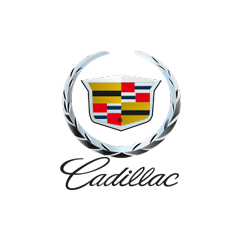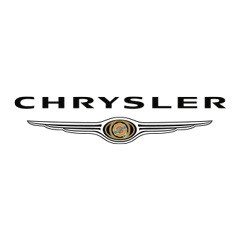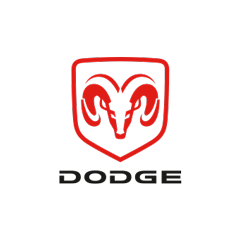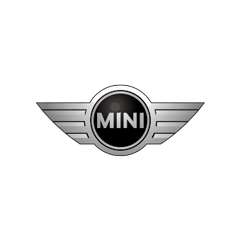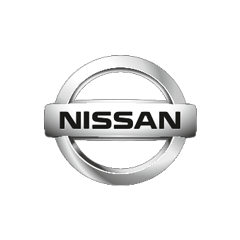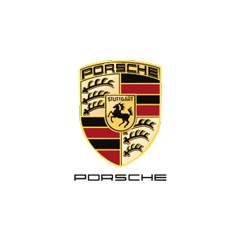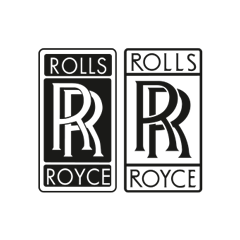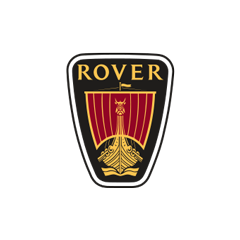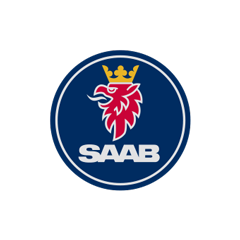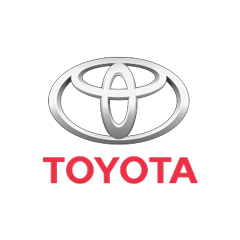Toyota made an evolution plan for the U.S. pickup market and started with the Tacoma in 1995, which evolved into the Tundra’s first generation in 1999.
With the first generation of the Tundra, Toyota learned that it needed a V-8 with over a gallon (3.8-liter) displacement under the hood to be taken seriously by U.S. customers. It was part of its learning curve, and the real deal came in the shape of the Tundra’s second generation in 2006.
If Ford had the three-slats grille and the RAM featured the cross-hair, the Tundra sported the trapezoidal grille, which became a brand image. The high-mounted, swept-back headlights and the thick front bumper started to be noticed on the roads. The Tundra looked more like a cab-extended version in the Double-Cab version due to its hidden handles for the rear doors. Only the front ones were oversized, so the driver could open them with a gloved hand. But it wasn’t the biggest rig in the stable; it had a bigger brother named Crew-Cab, with wider rear doors. Toyota built the Double-Cab with a choice of two beds; a 6.5’ (1.98 m) and an 8’ (2.43 m).
Inside, Toyota offered great interior room for the front passengers. A tall center console with three cup-holders and an additional storage slot ideal for a mobile phone separated the wide front seats. There was enough room for two adults in the back, but not as much as in the Crew-Cab version. Still, the Tundra provided more legroom than other one-and-a-half cabs from other pickups.
Under the hood, the smallest engine was a 4.0-liter V-6, but that was just for an advertised low price. Most customers bought the Tundra with a V-8, which was paired to a six-speed automatic.








